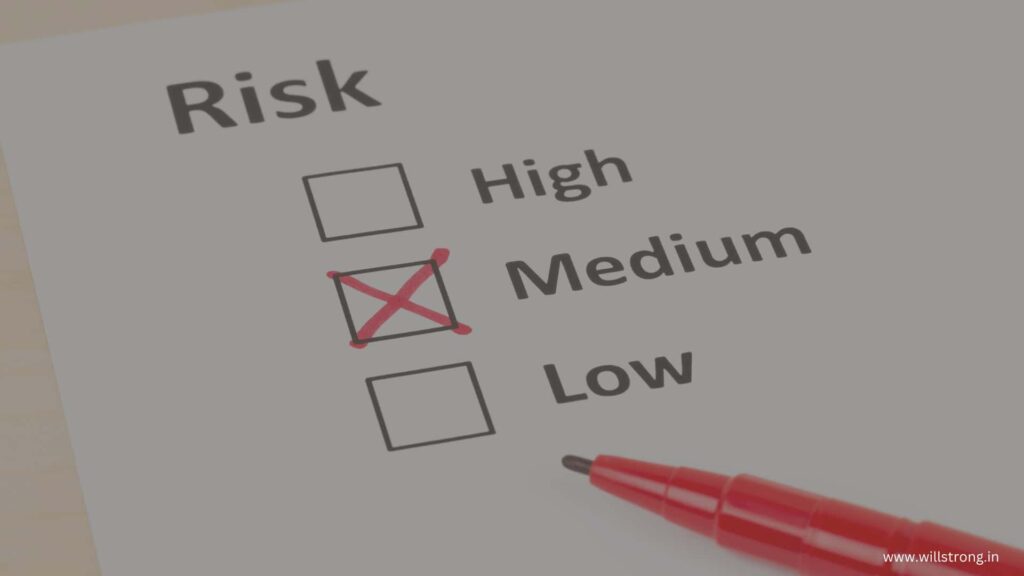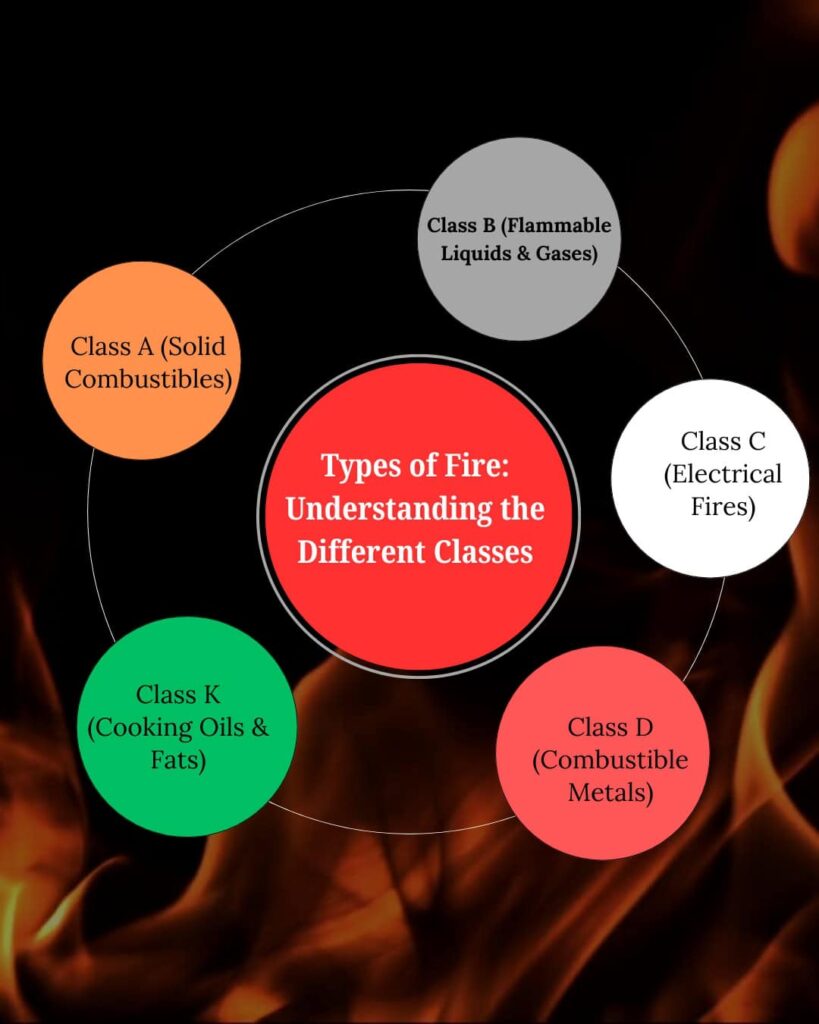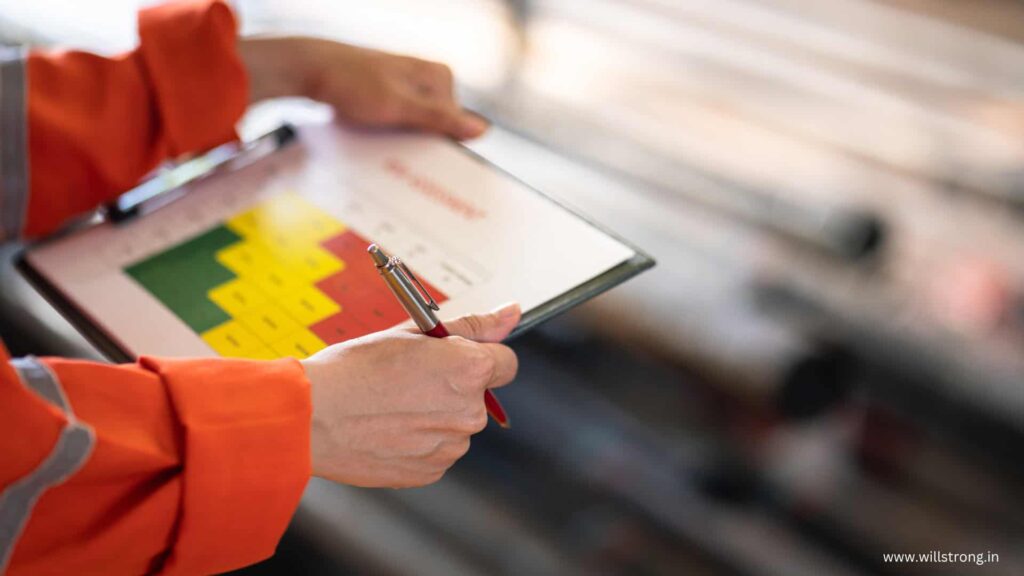Fire risk assessments are important task for every industry. It gives you confidence about whether your employee and assets are protected from potential hazards.
According to me, Every business owner must have knowledge about how to assess the fire risk management.
It doesn’t help them only saving their assets, also it will be helpful in saving people’s life.
Now some of you might not be familiar with the fire assessment word.
so, you must have many questions like- What is fire assessment, why is it required to perform in any industry? When should we perform it or how to do it etc.
Well, not to worry at all because in this article, I am going to explain everything about fire assessment. After reading this article, you will know everything about fire safety basics.

Fire assessment is a structured process, which is used to evaluate the possibilities fire risks within a building or facility.
This procedure involves three basic terms like – identifying fire hazards, assessing who may be at risk, and determining if current fire prevention and control measures are adequate.
Generally, A fire assessment is carried out by a qualified person, such as a fire safety officer or a trained professional.
Meanwhile it can also be done by individuals or organizations with appropriate knowledge.
Before we go ahead and understand more about fire assessment. We should learn about types of fire. Generally, fire has been categorized into 5 parts.
So, you can understand the possibility of damage and choose the right fire suppressions system accordingly.

this type of fire commonly starts due to ordinary flammable materials such as wood, paper, cloth, and plastics. Usually,
they can be extinguished using water or foam-based fire extinguishers, which cool
the material and suppress the fire.
Class B fire happens due to the flammable liquid items like gasoline, oil, paint, and solvents. Using water to extinguish Class B fires can spread the flames, so foam, dry powder, or CO2 extinguishers are recommended for smothering the fire.
gases like propane, butane, or methane are responsible for this type of fire. We keep these type of fires in the dangerous category because gas leaks can cause explosions.
Usually, Firefighters cut off the gas supply and then use dry chemical powder to extinguish the flames.
Class D fire explosion generally happens due to metals such as magnesium, titanium, potassium, and lithium. If you want to extinguish these kinds of fires in your premises, you can use specialized dry powder extinguishers.
Class F fires or Class K, also known as kitchen fires, involve cooking oils and fats commonly founded in commercial kitchens.
Whenever these types of fire catches in your premises, you should never you use water because it can cause oil to splatter, which will result in spreading the fire in place.
In this case, you should use the wet chemical extinguishers. They are effective in suppressing these fires by forming a foam layer over the burning oil.
Although electrical fires are not classified as a distinct fire type still, they are often grouped under Class C.
Because live electrical equipment such as wiring, circuits, or appliances are involved in this fire category.
So, if you use water, it can cause electric shock. In that a case, CO2 or dry powder extinguishers are used to cut off the oxygen supply and smother the fire.
In simple words, fire assessment can help you in saving your potential assets and lives. Meanwhile we have categorized it into 5 parts listed below.

Whenever there is a fire in your area, the most important task is to save the lives of your people, specially those who might have difficulty evacuating, such as employees working in the potential hazard area.
Once you identify these individuals, you can create plans and implement measures to protect them effectively.
Apart from lives, Fires can also cause extensive damage to assets like- property, machines store etc. Which can be very costly and downfall for your business.
So, if you will execute the fire assessment smartly, it will help to pinpoint vulnerabilities in a building’s infrastructure and fire safety systems.
That will reduce the risk of such damages.
fire assessments are a legal requirement in many regions and industries. Fire safety laws mandate that businesses and property owners regularly assess and manage fire risks to meet regulatory standards.
If you don’t follow, it can result in fines, legal action, or worse, a tragic fire.
if you identify the fire hazards early, it can prevent fire incidents from occurring. For example, recognizing faulty wiring, overloaded electrical circuits, can allow for timely corrections before disaster strikes.
If you are very active on identifying the fire risk, you can avoid large financial losses related to property damage, insurance claims, and business interruptions.
A regular fire risk assessment also helps you in reducing the insurance premiums, as it proves that fire safety measures are in place.
Although, a fire risk assessment might sound like a complex task, but if you will start with a structured approach, it becomes manageable.
Here is a step-by-step guide to conduct an effective fire risk assessment:

You should begin by first taking a tour of the property and locating any potential fire dangers.
Here, you need to examine any potentially dangerous heat-generating equipment, overheating appliances, overloaded circuits, and damaged electrical wiring. Additionally, investigate how combustible items like paper, chemicals, and gases are stored.
In the event of a fire, ascertain who might be in danger. This could apply to workers, guests, subcontractors, or locals.
Particular care should be paid to vulnerable populations who may require assistance during an evacuation, such as children, the elderly, or those with impairments.
Determine the chance of a fire happening and the individuals who are at risk after assessing fire hazards. After assessing the risks, take steps to reduce or eliminate them.
This can entail updating sprinkler systems and fire alarms, tightening access to potentially dangerous places, or enhancing housekeeping procedures.
Make sure the proper fire safety precautions are in place. This can entail setting up smoke detectors, making sure extinguishers are available, establishing escape routes, and holding frequent fire drills.
Keep a record of these safety precautions as well as any advancements achieved during the evaluation.
An evaluation of the risk of fire is a continuous process. Periodically review your assessment, particularly if there are any new installations, renovations, or changes in the building’s occupancy. Fire safety must change along with
Evaluations of the fire risk are essential for safeguarding people and property. Maintaining a fire-safe workplace depends on your ability to comprehend the stages involved in fire assessment, whether you are in charge of a major institution, business, or residence.
You may considerably lower the chance of a fire and guarantee everyone’s safety within the structure by identifying dangers, evaluating risks, and putting safety measures in place.
In addition to satisfying legal obligations, a proactive fire risk assessment gives you peace of mind that you’ve done everything possible to shield people, property, and financial assets from the destructive power of a fire.
Maintaining a competitive edge through frequent evaluations and revisions of your fire safety plan will guarantee long-term compliance and safety.